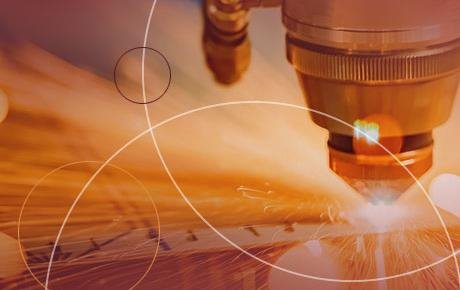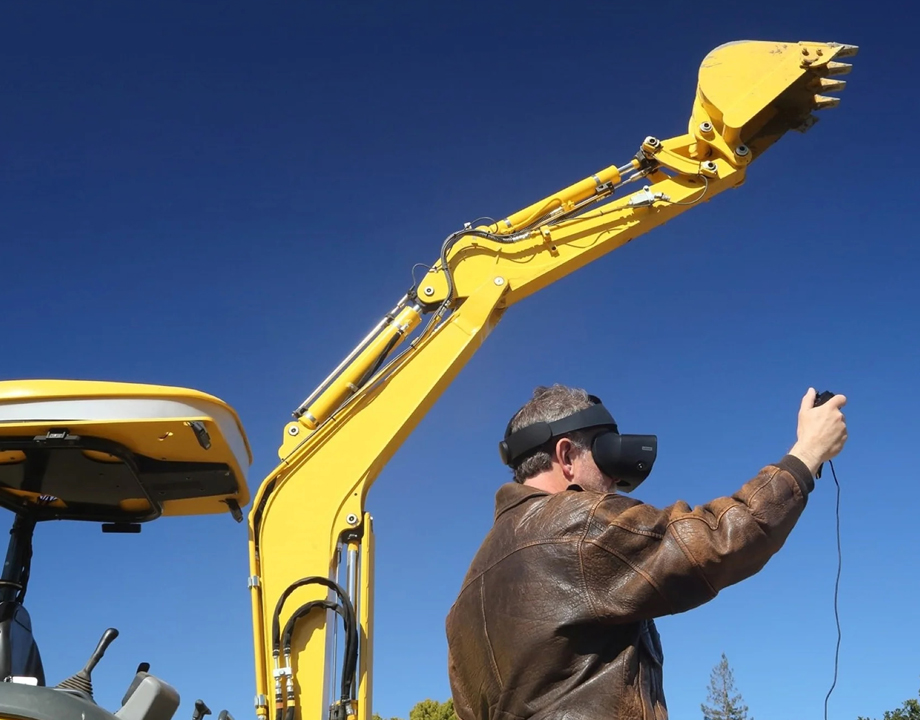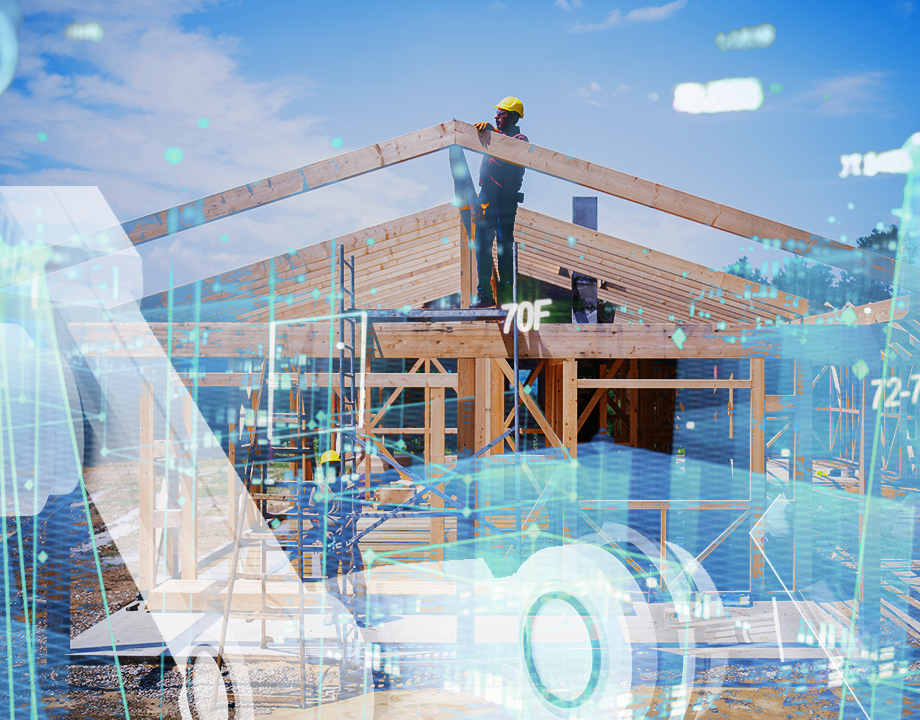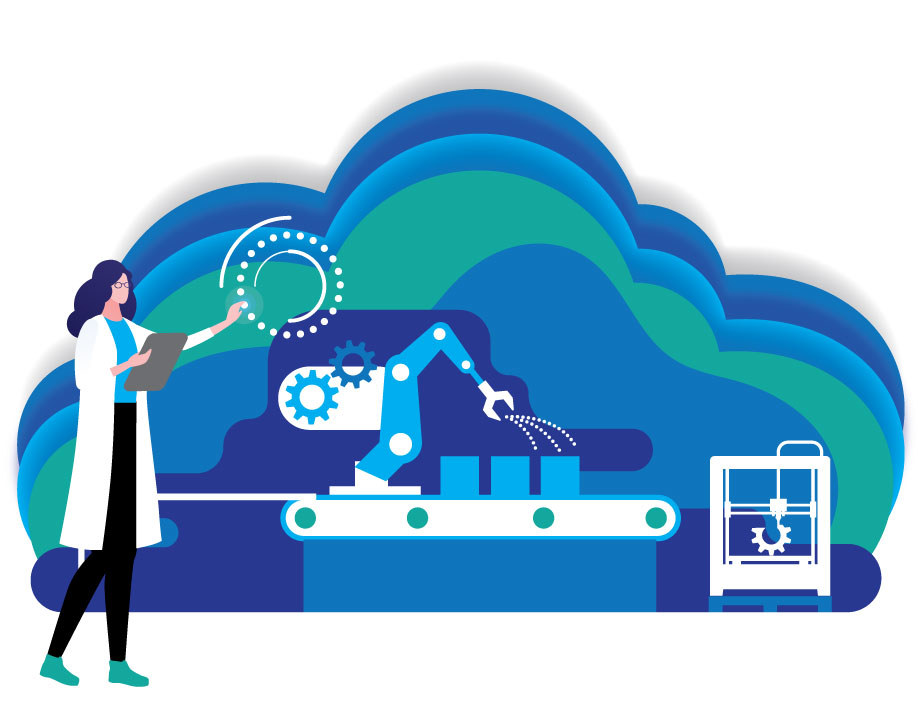Where to Build Microhydro
Where to Build Microhydro
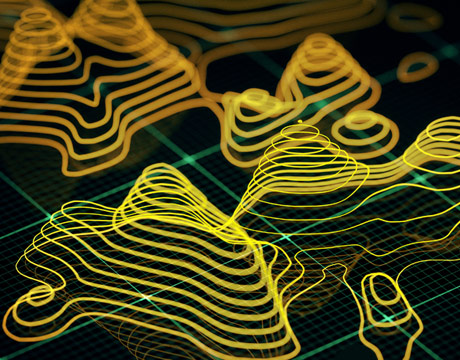

Small-scale hydropower generators rely on the natural flow of a river or stream unaided by reservoirs that regulate the water delivered to the system. Such run-of-river generators are vulnerable to seasonal changes in water volume, droughts, floods, and climate change.
Engineers, communities, and governments need to be able to predict those medium- to long-term changes to make the best use of microhydro. But the modeling tools available are too often only useful with large data sets that are lacking for many small waterways and in developing countries.
Now, engineers at Oregon State University in Corvallis have developed a kit of open-source tools to work with scarce data and improve what is available. The result is a tool suite that analyzes potential sites for run-of-river hydropower systems anywhere in the world.
The important factors needed to understand a site’s hydropower potential are how much water flows through it and the elevation drop, said Kendra Sharp, a mechanical engineering professor at Oregon State who heads the university's Microfluidics and Micro-hydro Lab.
“The elevation drop is easy—you have digital elevation tools for any region in the world,” Sharp said. “Water is harder. In order to get the water part, we had to develop climate tools [to measure things like] precipitation and temperature.”
Sharp worked with colleagues David Hill, a professor of civil engineering at Oregon State, and Thomas Mosier, a consultant to the World Bank in Washington, DC, and a former student of water resources and mechanical engineering at OSU, to develop what they call the "hydropower potential assessment tool."
That open-source tool and the results from a field test on a microhydropower generator in Oregon were presented in the November 2016 edition of Renewable Energy.
Using existing data tools as their starting point, the team refined the resolution of the temperature and precipitation models available from 50 square km to 1 square km. After discovering the climate conditions, the new software suite develops a hydrologic model that shows the amount of water available for a hydropower system. “Then we combine water availability and elevation, giving you hydropower potential,” Sharp said.
The models rely on data that is available online and on measurements taken at or near each site. Elevation is easy to find online for most places in the world. Historic climate data may also be easy enough to find for many places.
“If not, you can use our climate downscaling tool (the one that downscales precipitation and temperature grids to 1 km spacing) to generate the needed input,” Sharp said.
The models also require streamflow observations for calibration, which may not be readily available. The U.S. Geological Survey provides stream-gauge data for U.S. sites. But in developing countries, stream-gauge data should come from a local stakeholder or a remote sensing system such as the Moderate Resolution Imaging Spectroradiometer.
“While inputting a greater number of stream-gauge data observations is likely to lead to improved calibration and model performance, you can run this with data from just one (or more) sites. The model will be most accurate if your calibration data comes from a point where the upstream landscape characteristics reflect the characteristics of the region of interest,” Sharp said.
The software suite can also make predictions about the future of a waterway by plugging in climate-change data. The models can show what may happen to a waterway as the world produces greenhouse gases at their current rate, or slower or faster over time.
The tools are not “super plug-and-play,” Sharp said, but they are available online and researchers are encouraged to adapt them to their needs and share their work. The tool suit is available for download at globalclimatedata.org.
Read the latest issue of the Mechanical Engineering Magazine.
The elevation drop is easy—you have digital elevation tools for any region in the world. Water is harder.” Prof. Kendra Sharp, Oregon State University


